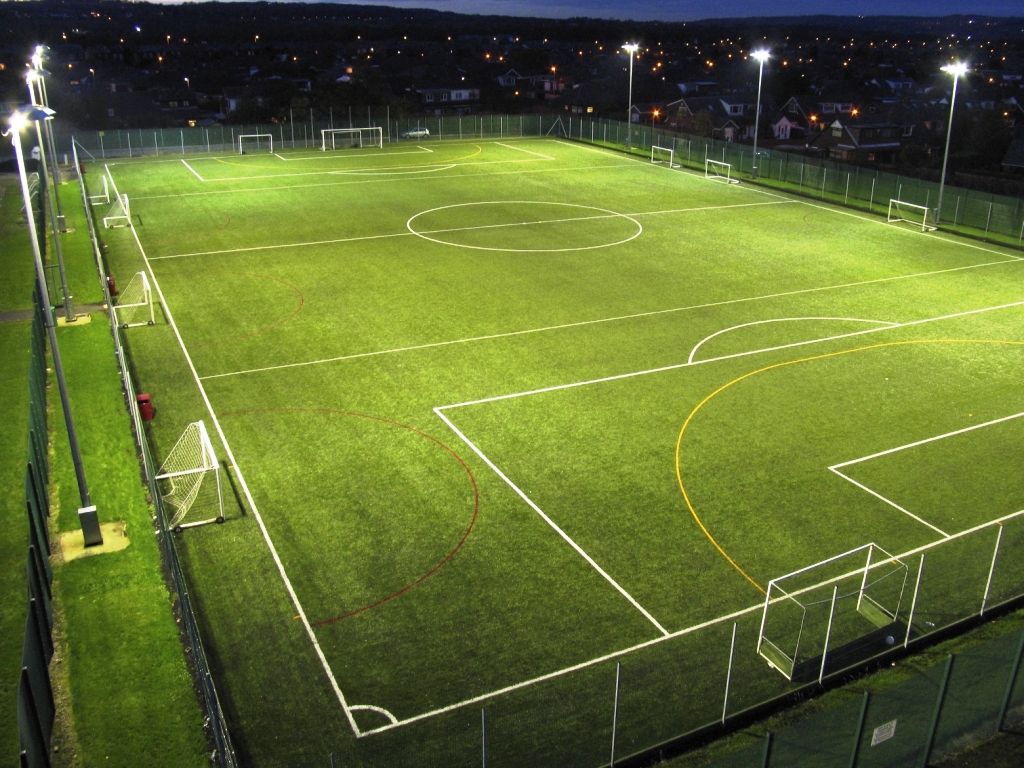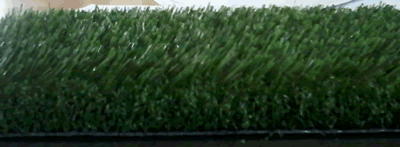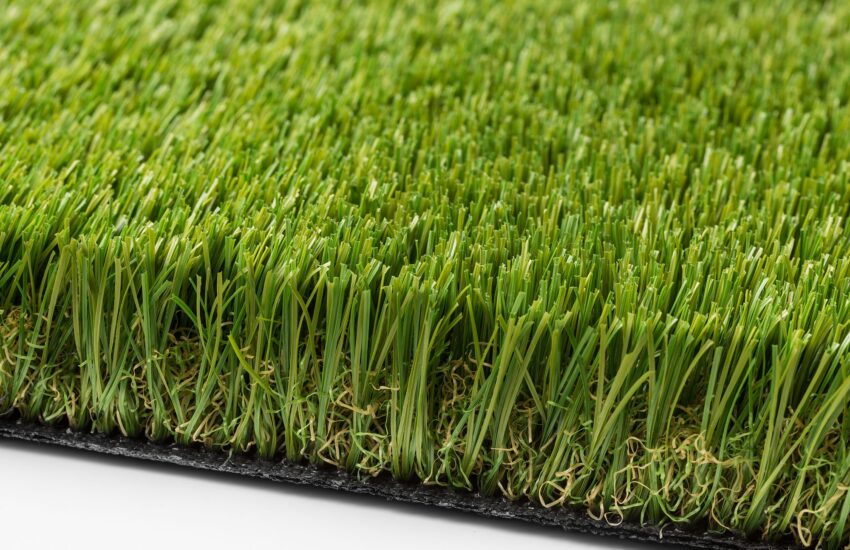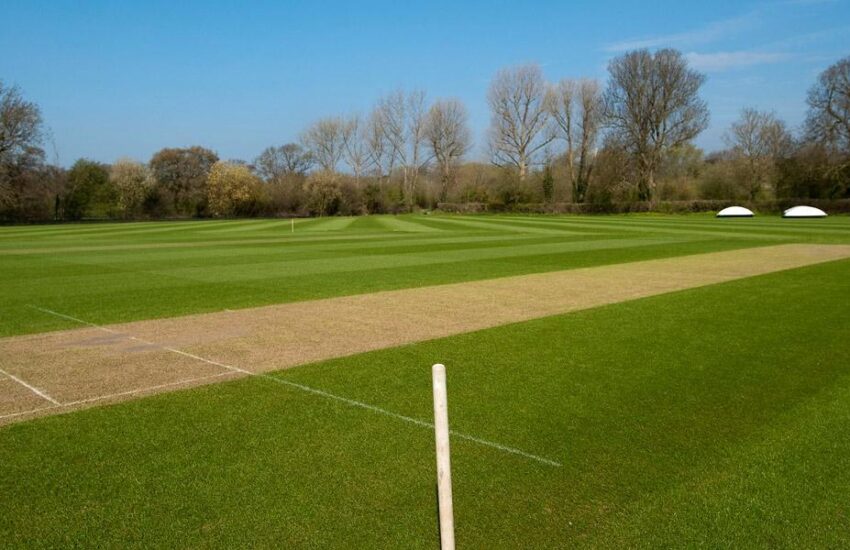Artificial Cricket Pitch Maintenance
Are you able to breathe life into a used, neglected cricket wicket?
To successfully standardise the playing surface and supply a wicket which they can use in most conditions, a great number of leisure centres, training centers and cricket clubs use artificial pitches. Despite the fact that artificial wickets are definitely hard-wearing than natural pitches, they also need frequent routine maintenance to ensure they are in good condition. Thankfully, even old, neglected pitches may be brought back to life with a little TLC and the appropriate treatment plan.
Artificial Cricket Pitches
Synthetic cricket wickets are generally installed on either a dynamic (stone) or non-dynamic (macadam or concrete) base. The surface of the wicket itself is fabricated from high-quality short pile carpet that’s either hardwood edged and nailed or nailed directly into the aggregate. Shock pads may also be fitted below the surface of the wicket to guarantee the cricket ball bounces nicely and that the synthetic pitch responds exactly the same to the ball each time, what ever the weather conditions.
Maintaining An Artificial Wicket
Like many artificial surfaces, synthetic cricket wickets ought to be correctly maintained if they’re to provide the very best playing pitch all through the year. It is recommended that anyone having an synthetic cricket pitch should apply a yearly deep clean programme, level the batting region regularly and use at least one chemical treatment solution every six months.
Despite regular maintenance, cricket pitches may decline over time, shock pads can solidify and surfaces could become uneven. If you see that the bounce of the ball is becoming uneven or that the surface area is looking tired and worn, it might be time to give your synthetic wicket a renovation.
Go here for additional information www.artificialgrassmaintenance.co.uk/cricket-pitch-wicket-maintenance-installation




